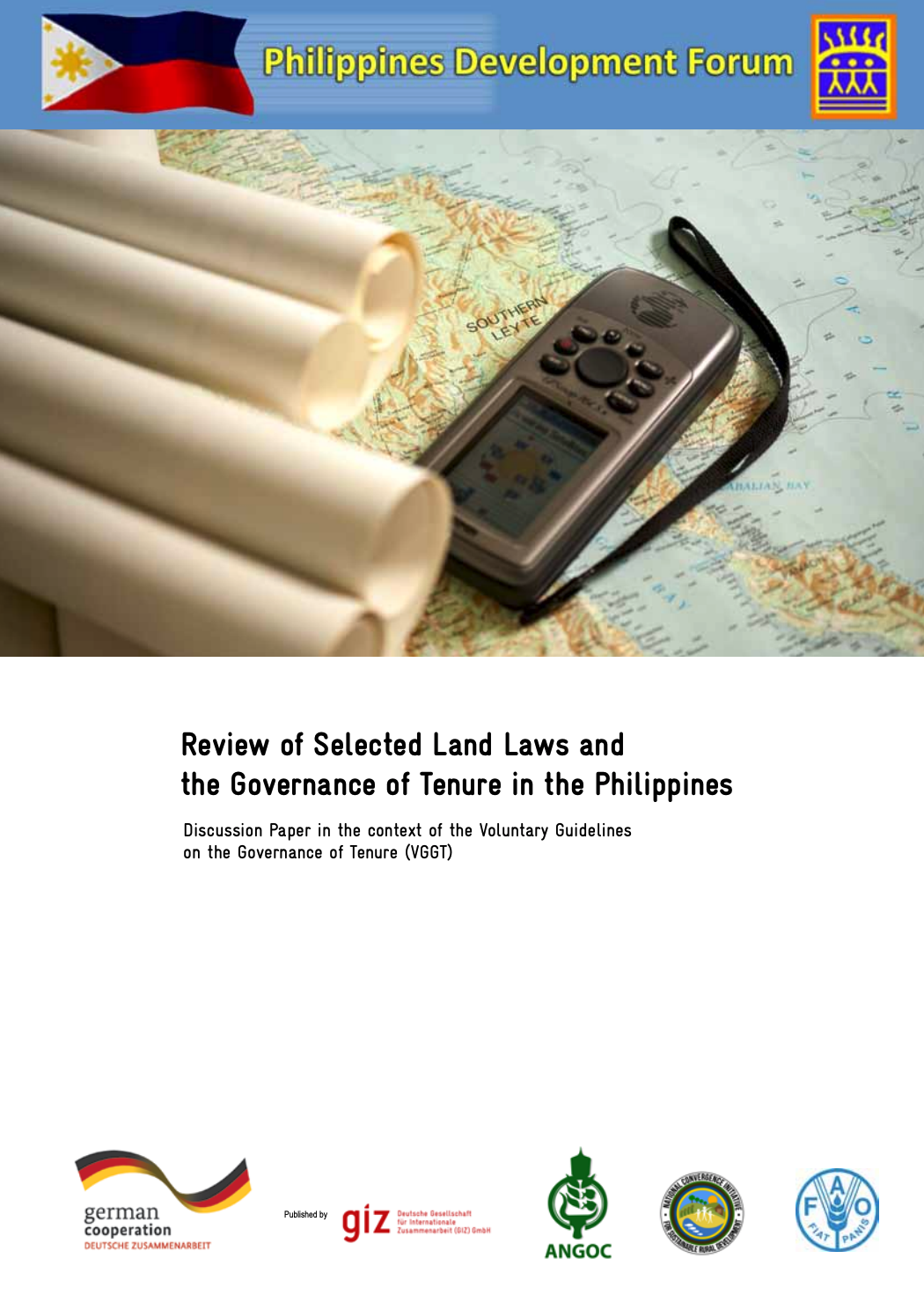FAO Support to Land Consolidation in Europe and Central Asia During 2002-2018
Shortly after the Food and Agriculture Organization of the United Nations (FAO) was founded in 1945, the organization had started to support member countries addressing structural problems in agriculture with land fragmentation and small holding and farm sizes through the development of land consolidation instruments (Binns, 1950). During the 1950s and 1960s, FAO provided technical assistance to the development of land consolidation in member countries in Europe such as Turkey, Greece, Spain and Cyprus, but also in the Near East and Asia (Meliczek, 1973).




